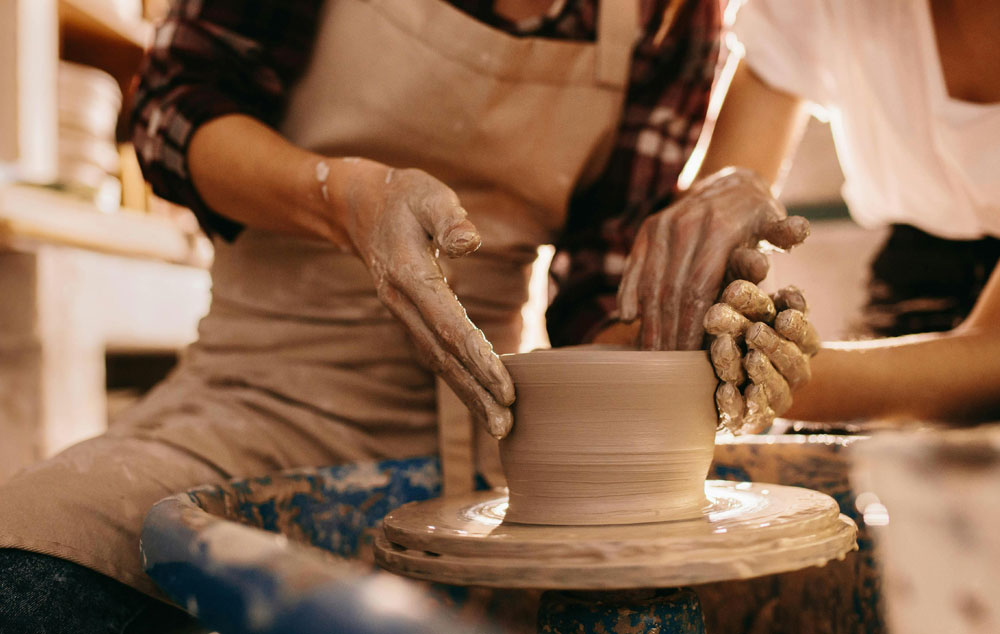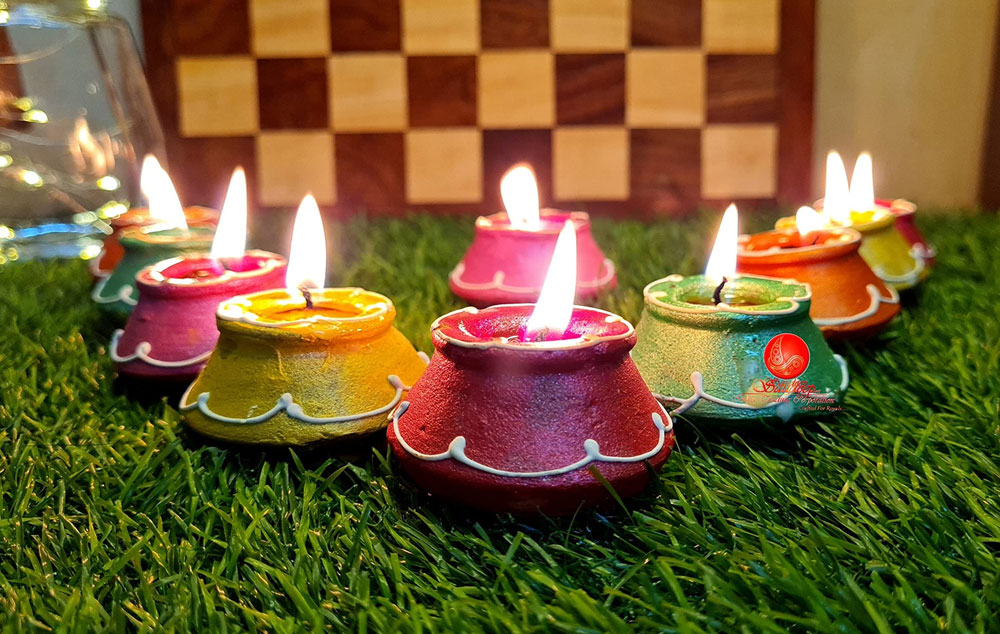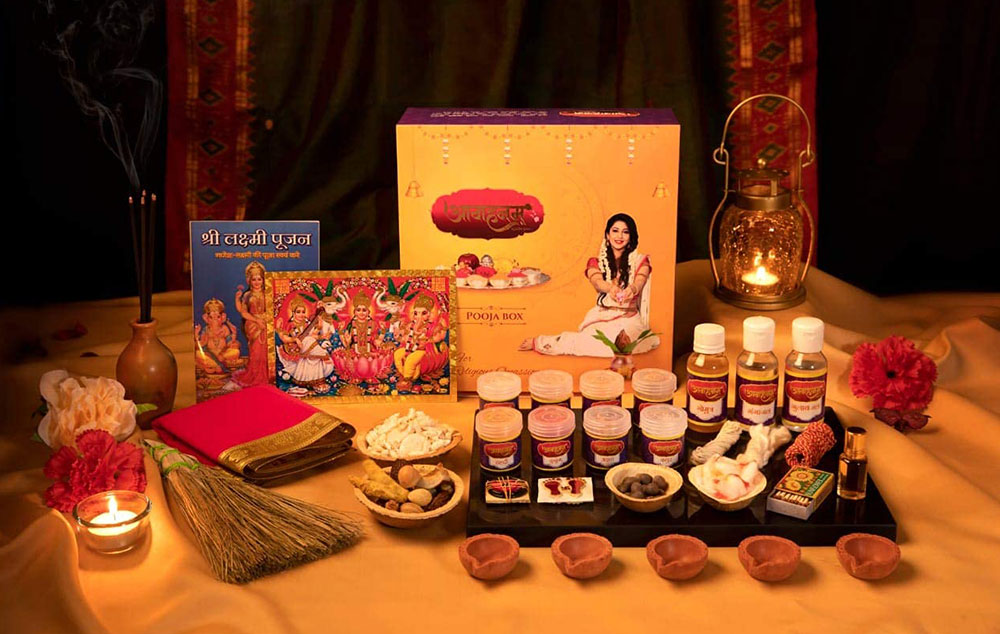
In an era where sustainability is at the forefront of global discussions, the world is shifting towards eco-friendly products that minimize environmental harm. Handicrafts, known for their rich cultural heritage and artistic excellence, are also embracing sustainability by incorporating eco-conscious materials and ethical production processes. Eco-friendly handicrafts not only preserve artistic traditions but also contribute to a greener planet. This blog explores how sustainable handicrafts are making a difference, the materials used, and why they are a responsible choice for conscious consumers.
The Need for Sustainable Handicrafts
The mass production of goods often leads to excessive waste, pollution, and the depletion of natural resources. Fast fashion, plastic-based products, and synthetic materials contribute significantly to environmental degradation. In contrast, eco-friendly handicrafts offer a sustainable alternative by utilizing biodegradable materials, reducing carbon footprints, and supporting ethical labor practices.
Consumers are becoming more aware of the impact their purchases have on the environment. As a result, there is a growing demand for sustainable, handmade products that align with eco-conscious values. By choosing handicrafts, individuals contribute to sustainability while embracing artistic beauty.
Materials Used in Eco-Friendly Handicrafts
Sustainable handicrafts prioritize natural, biodegradable, and upcycled materials, reducing the environmental impact of production. Some commonly used materials include:
- Clay – Used in making diyas, idols, and kitchenware, clay is biodegradable and eco-friendly.
- Bamboo – Lightweight and durable, bamboo is used to craft decorative items, furniture, and accessories.
- Jute & Cotton – Natural fibers like jute and cotton are used for bags, mats, and home décor.
- Recycled Paper – Handmade paper products, greeting cards, and stationery help reduce deforestation.
- Wood – Sustainably sourced wood is carved into intricate furniture, idols, and home décor.
- Coconut Shells – Used to make eco-friendly bowls, cutlery, and decorative pieces.
- Terracotta & Natural Dyes – Pottery and textile handicrafts often incorporate terracotta and plant-based dyes, avoiding synthetic chemicals.
By choosing products made from these materials, consumers help reduce waste and promote an environmentally responsible lifestyle.
Benefits of Eco-Friendly Handicrafts
1. Environmental Conservation
Handmade products often require minimal energy consumption compared to machine-made goods. By reducing reliance on factories, eco-friendly handicrafts lower carbon emissions and conserve natural resources.
2. Supporting Local Artisans
Many handicraft businesses are small-scale and family-run, providing livelihoods to artisans who have inherited their craft through generations. Supporting these artisans helps sustain traditional art forms and promotes fair wages.
3. Health Benefits
Eco-friendly products, particularly kitchenware and décor, are free from toxic chemicals and synthetic additives. Clay kitchenware, for example, enhances food quality and provides health benefits compared to plastic and non-stick cookware.
4. Reducing Plastic Waste
With an increasing focus on reducing single-use plastic, eco-friendly handicrafts offer sustainable alternatives, such as cloth bags, bamboo cutlery, and terracotta storage jars.
5. Ethical and Sustainable Living
By choosing handmade, eco-friendly products, consumers align their lifestyles with ethical practices that promote sustainability, social responsibility, and environmental awareness.
Popular Eco-Friendly Handicrafts
Eco-conscious consumers can explore a variety of handmade products that combine sustainability with artistry:
- Clay Diyas & Idols – Perfect for festive celebrations, these products dissolve naturally without harming the environment.
- Handwoven Jute Bags – Stylish, biodegradable, and durable alternatives to plastic bags.
- Bamboo Furniture & Home Décor – Elegant, strong, and environmentally friendly.
- Recycled Paper Products – Unique journals, greeting cards, and decorative pieces.
- Wooden Pooja Mandirs & Bajots – Traditional yet sustainable temple structures for worship.
- Handmade Cotton Torans & Hangings – Beautiful, biodegradable alternatives to plastic decorations.
The Rising Global Demand for Eco-Friendly Handicrafts
With increasing awareness about sustainability, the demand for eco-friendly handicrafts is rising worldwide. International markets, including the USA, Europe, and Australia, appreciate the uniqueness and sustainability of handmade Indian products. Many global consumers prefer eco-conscious home décor, festive items, and lifestyle products that reflect cultural heritage while reducing environmental impact.
Governments and organizations are also promoting sustainable handicrafts through eco-certifications, exhibitions, and online platforms. Digital marketplaces have made it easier for artisans to reach a global audience, allowing consumers worldwide to access and support their work.
Challenges and the Way Forward
Despite the benefits, artisans face challenges in transitioning to completely sustainable practices. Some of the key challenges include:
- High production costs – Sustainable raw materials can be more expensive compared to synthetic alternatives.
- Limited awareness – Many artisans lack the knowledge of eco-friendly materials and techniques.
- Market competition – Mass-produced, cheaper alternatives often overshadow handmade products.
To overcome these challenges, increased awareness, government support, and consumer demand for sustainable handicrafts can encourage artisans to adopt environmentally friendly methods. Workshops, training programs, and digital marketing initiatives can also help artisans expand their reach and promote sustainability.
Conclusion
Eco-friendly handicrafts blend artistry with sustainability, offering a responsible way to enjoy traditional craftsmanship without harming the environment. As consumers become more environmentally conscious, the demand for handmade, sustainable products continues to grow. By supporting eco-friendly handicrafts, we not only preserve cultural heritage but also contribute to a greener, healthier planet. Choosing handmade, sustainable creations is not just a purchase—it is a step towards a more ethical and sustainable future.


